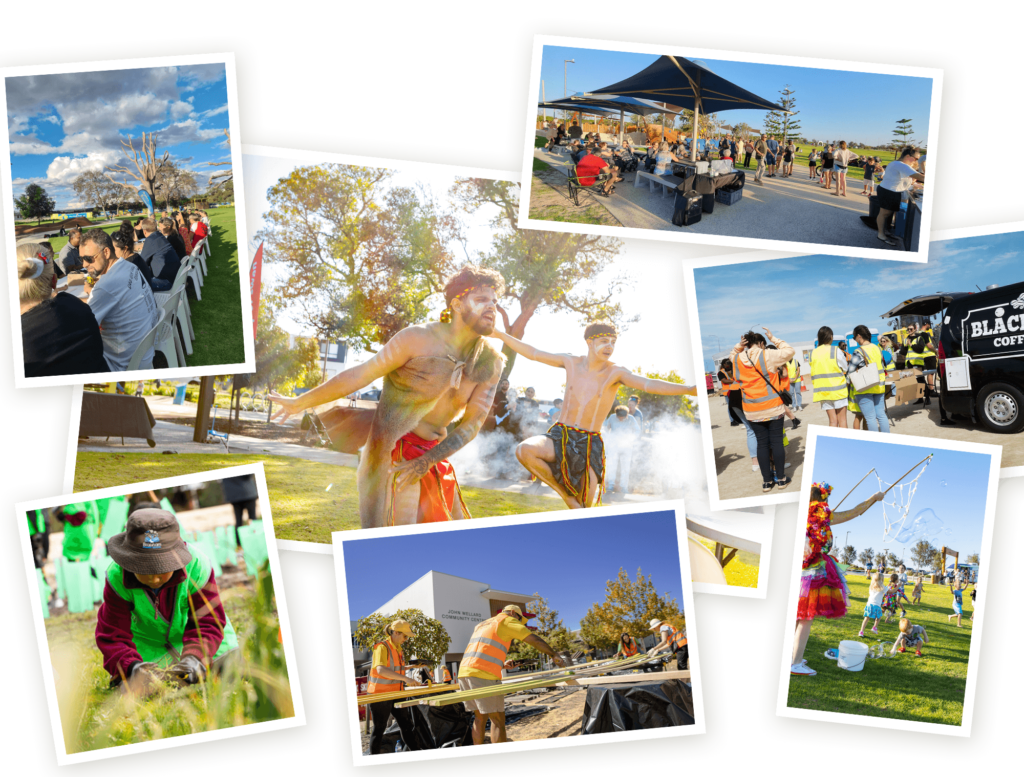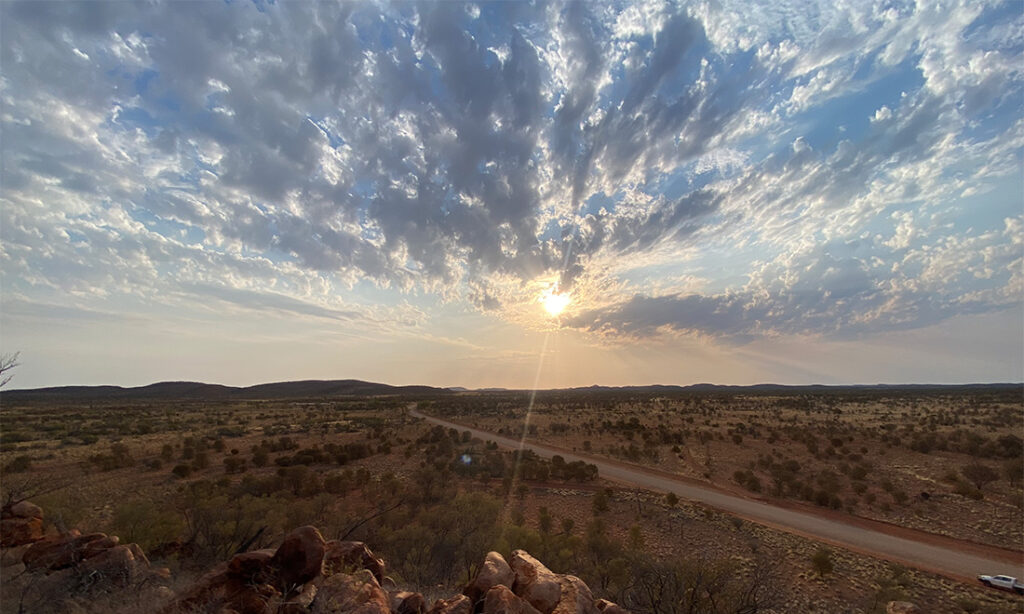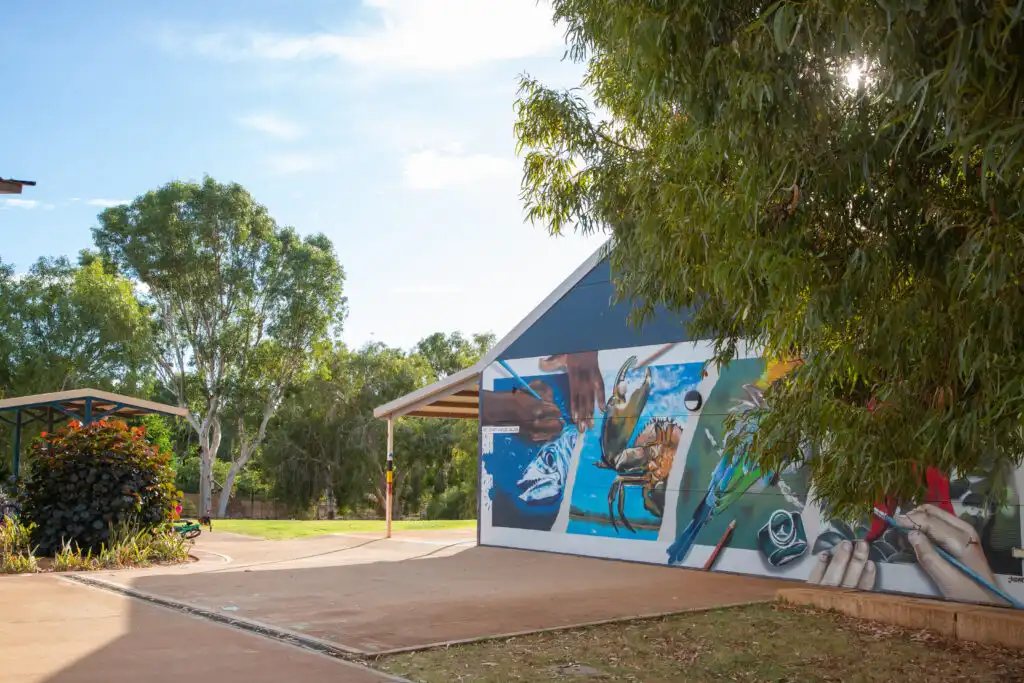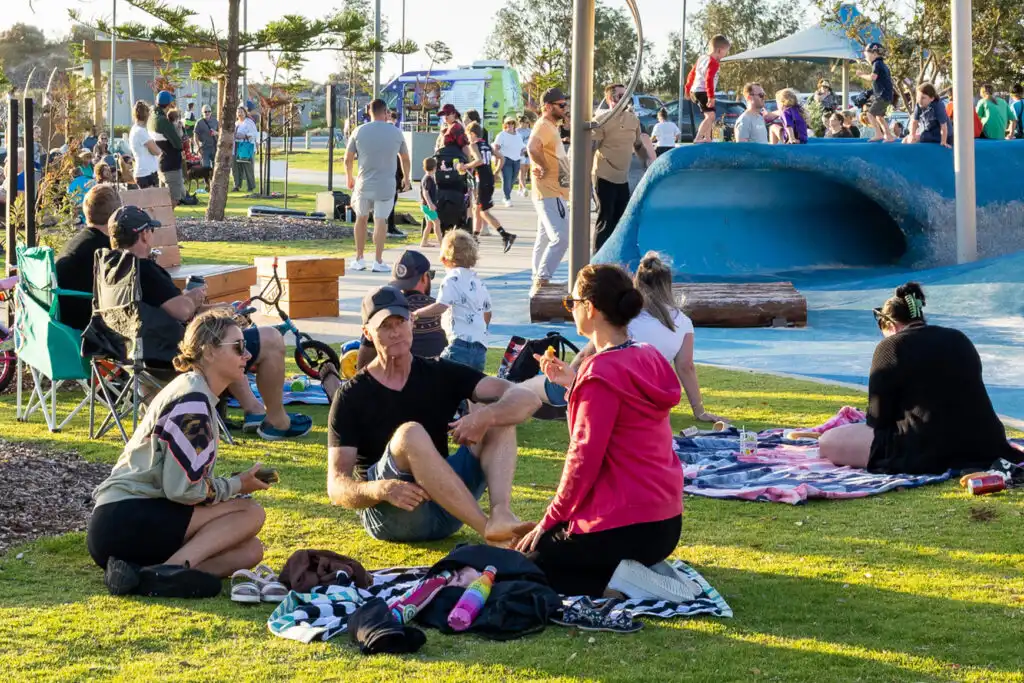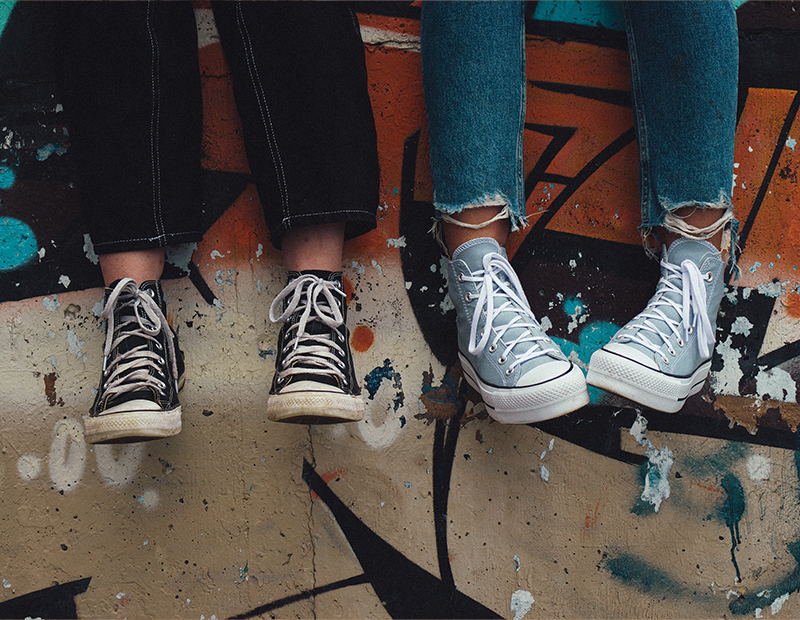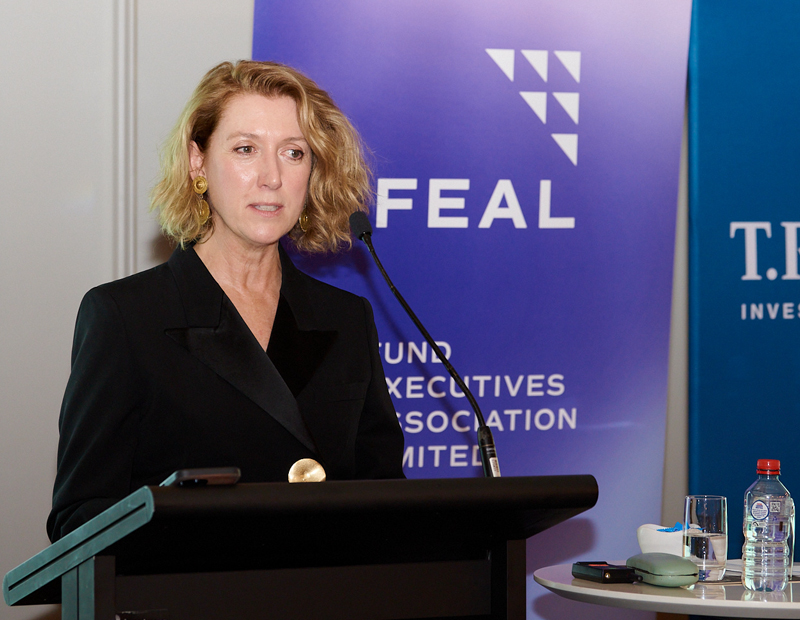Ask this question of a planner, environmental scientist, social planner, sustainability specialist, placemaker, energy expert or engineer and you’ll get a different answer. Theories, models and assessment tools abound in city and community making.
For more on this check out The Conversation: What actually is a good city? article which looks at some of the definitions that have been used to define what makes a city great including the new Principles For Better Cities approach.
We like this new tool. Especially it’s focus on the political dimension which is seldom considered sufficiently.
For us it’s a nice reminder of how our core models have stood the test of time. Models like our Sociology of Community and Intentional Communities Matrix integrate the core elements of what make people, communities, towns and cities thrive
But what counts far more than models and tools is how they are used to build the relationships and networks required to realise change. All our projects start with conversations, connecting people in communities and using the models to explore what’s already working, what needs work and people’s aspirations. And it’s this human centred design approach, combined with the rigour of our models that result in comprehensive, holistic community development strategy and plans that enable and promote broad ownership.
We sometimes think that because we have been saying this for 25 years that we don’t need to say it anymore.
What we are discovering is that today’s community renaissance, or community zeitgeist as we like to call it, is creating a great appetite for wisdom about community making. So, join us as we shout some of our stories from the rooftops this year as we celebrate 25 years of bringing communities together to own the change they want to make in the world.
